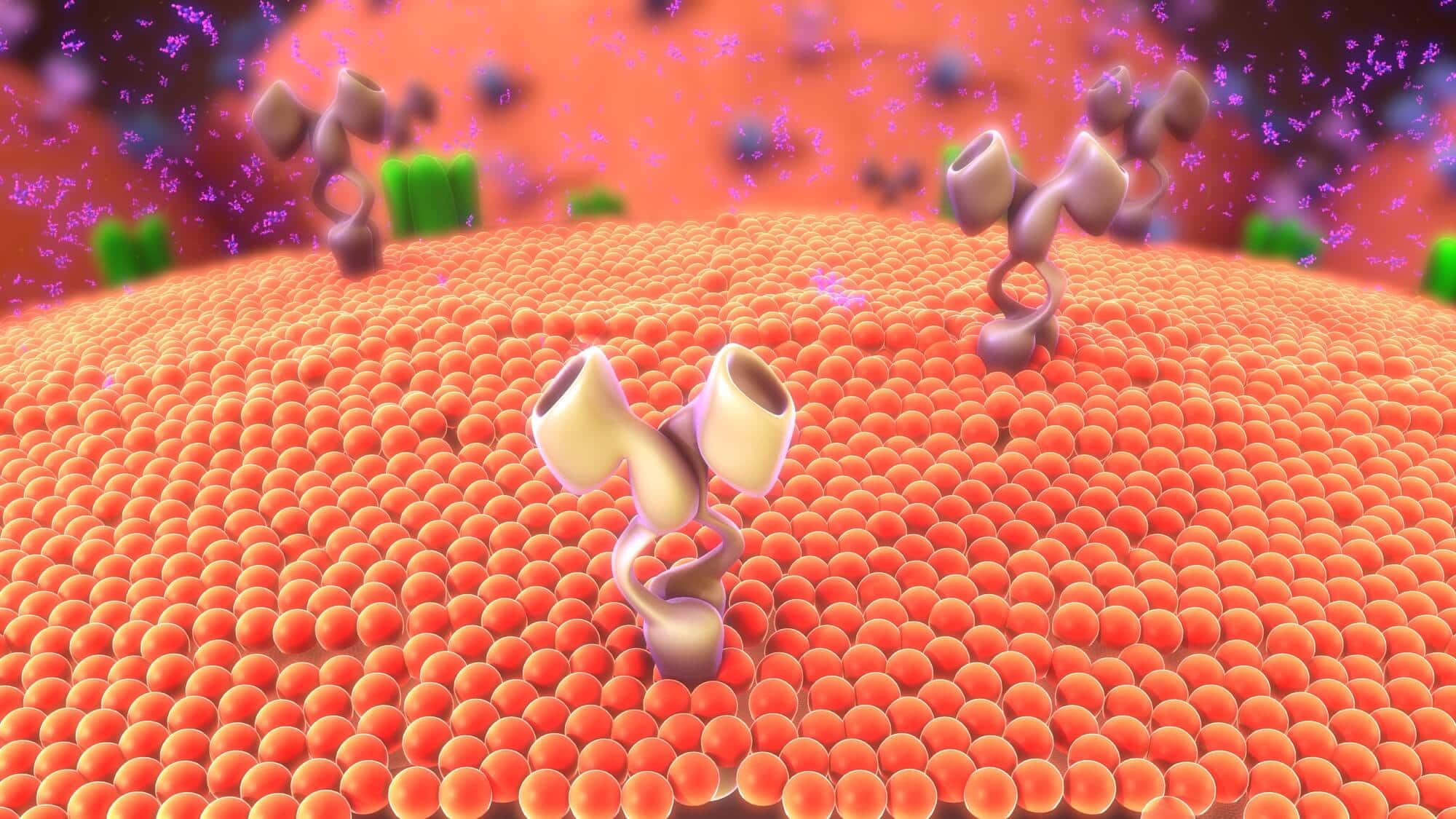A thorough understanding of the process can advance the world of medicine in fertility treatments, medication administration and more

A new discovery at Tel Aviv University: the cell membrane proteins that are essential for the fusion of cells that 'like to migrate' to areas of high curvature. The researchers explain that all the cells in the human body are wrapped in membranes, which separate the contents of the cell from its environment. Also, there are cases in which a process of fusion between cells is carried out, for example in the fertilization of a sperm and an egg. However, the mechanism that causes the cells to fuse still remains a scientific mystery. A new study at Tel Aviv University succeeded in creating an innovative use of a system that simulates a cell membrane (membrane) with curvature. This experimental system makes it possible to study the effect of the shape of the membrane containing 'curved' proteins on the location of the proteins and the fusion of cell membranes.
The research was conducted under the leadership of doctoral student Raviv Dahran, under the direction of Dr. Raya Sorkin from the School of Chemistry in the Faculty of Exact Sciences and in collaboration with Prof. Michael Kozlov from Tel Aviv University, and a group of researchers from Tsigwa University in China. The study was recently published in the prestigious journal PNAS.
The curvature is important for fusion
Dr. Sorkin explains: "Membrane fusion is an essential process in our body that occurs in various processes such as signal transmission in the brain, fertilization processes and communication between cells. A deeper understanding of the process can advance the world of medicine in fertility treatments, medication administration and more. In the laboratory we try to understand the chemical-physical aspect of this process. Cells have dynamic membranes of various shapes. There are membranes with very high curvature, and this raises the question why such curvature is required? Apparently the curved shape is important for a variety of processes, such as the fusion process."
As part of the new study, the researchers focused on two proteins located on the cell membranes. One protein is found on the egg and is critical in the fertilization process, and the other is essential for creating bubbles used for communication between cells. In the laboratory, the researchers created a system that allows examining the effect of membrane curvature and tension on the organization and location of proteins. Later, the researchers created large membrane bubbles, so that it would be easy to distinguish the different effects, and marked the proteins with a biological dye. Next, they used an optical trapping device, known as optical tweezers, with which microscopic particles can be manipulated.
The researchers point out that this is a technology that makes it possible to hold and move particles with the help of light. With the help of a small glass ball held in the optical trap, thin membrane tubules can be pulled from the bubble, thereby simulating biological processes in which such tubules are formed, as happens on the surface of the egg. The researchers combined the optical tweezers with another device with which part of the membrane can be pumped, which allows control of its curvature and tension.
Dr. Sorkin: "Using this array, we were able to prove that these proteins 'like to migrate' to areas with high curvature. In previous works it was found that a mouse in which this protein is missing will be sterile. This means that the curved shape of the egg membrane and the migration of the protein to this area is of great importance in the fertilization process. This discovery will allow in the future to develop new fertility treatments or contraceptives.
We believe that multidisciplinary research is the key to understanding biological processes that are important to our health and quality of life. There is a famous saying by Richard Feynman, "What I cannot create, I cannot understand". This is our approach in the laboratory: we want to simulate membrane processes from the most basic components that are needed for biological mechanisms necessary for life such as fertilization or communication between cells. By precisely controlling process characteristics such as the shape and surface tension of the membrane, we can understand the mechanisms and treat pathological conditions. By doing this we hope to contribute to improving health and quality of life."
More of the topic in Hayadan:
